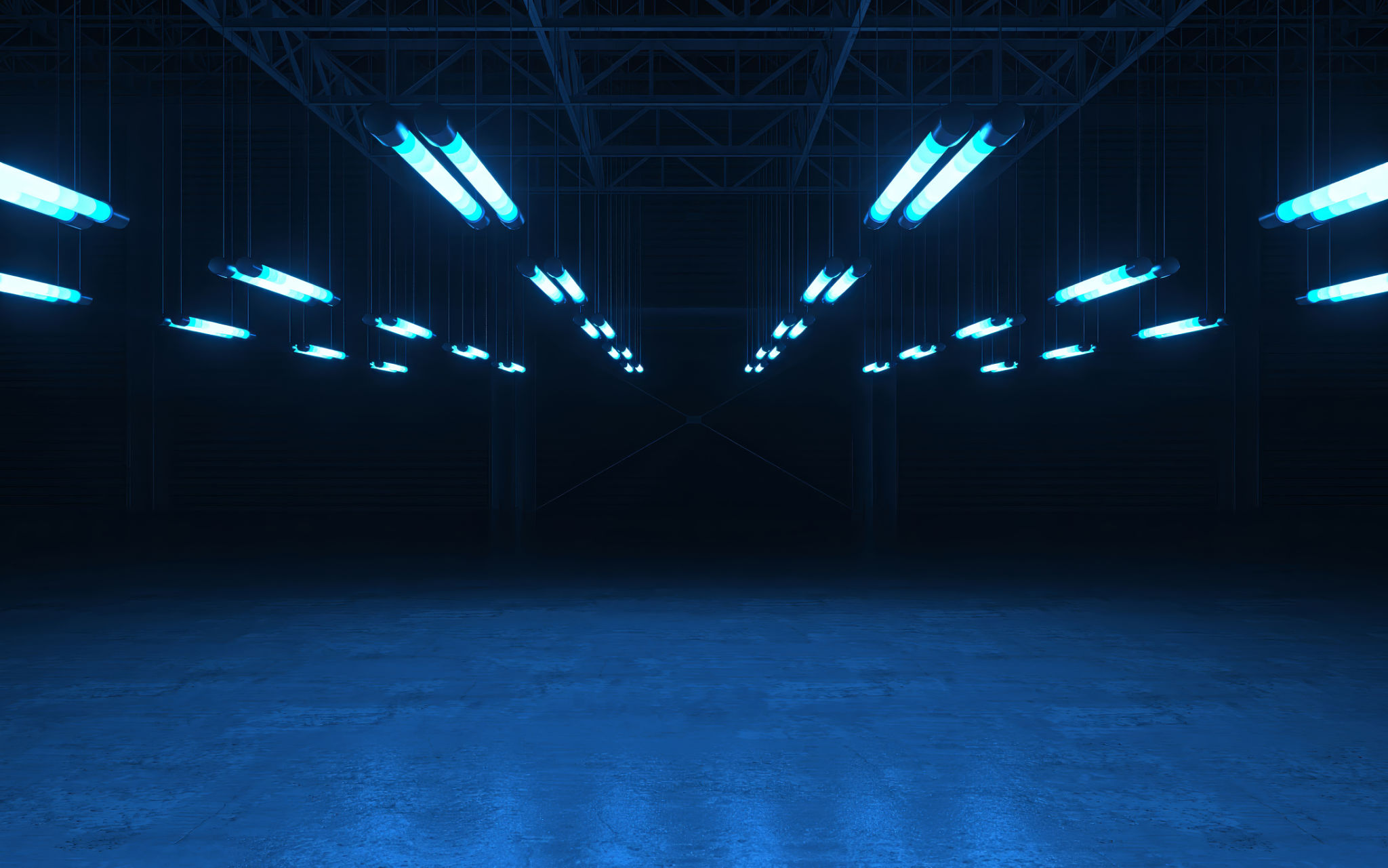Minimalist Warehouse Design Inspirations: Creating a Clean and Efficient Space
In the world of warehousing, simplicity and functionality are key. Embracing a minimalist design can transform a cluttered space into a streamlined, efficient powerhouse. By focusing on clean lines and essential elements, businesses can enhance productivity and reduce unnecessary distractions.

Why Choose Minimalism?
The minimalist approach is more than just an aesthetic choice; it’s a strategic decision that enhances operational efficiency. A clutter-free environment reduces stress and allows for quicker decision-making, as everything is easily accessible and in its rightful place.
Minimalism also promotes sustainability by encouraging the use of fewer resources. This not only reduces waste but also lowers costs, making it an economically sound choice for any business.
Designing a Minimalist Warehouse
Start with a Clean Slate
To achieve a minimalist design, begin by decluttering. Remove any non-essential items and focus on the core functions of your warehouse. This initial step sets the stage for a more organized and efficient space.
Consider implementing a regular cleaning schedule to maintain this tidy environment, ensuring that the warehouse remains in optimal condition for operations.

Optimize Layout and Flow
Designing an efficient layout is crucial. Ensure that the flow of movement within the warehouse is logical and unobstructed. Use clear signage to guide workers and streamline operations, minimizing the risk of errors.
Think vertically as well. Utilizing vertical storage solutions can maximize space and keep the floor area clear, crucial for maintaining a minimalist look.
Incorporating Technology
Technology plays a vital role in modern minimalist warehouse design. Implementing automated systems can significantly enhance efficiency. Consider using inventory management software to keep track of products and reduce the need for manual checks.

Automation can also improve safety by reducing human error and minimizing the need for physical labor, allowing employees to focus on more strategic tasks.
Lighting and Color Scheme
Lighting is an essential aspect of minimalist design. Natural light should be maximized wherever possible to create a bright and welcoming environment. When natural light isn’t enough, opt for energy-efficient LED lighting.
Choose a neutral color palette to emphasize simplicity and cleanliness. Whites, grays, and other muted tones help create a spacious and calm atmosphere, which is ideal for focus and productivity.
Conclusion
Minimalist warehouse design offers numerous benefits, from improved efficiency to cost savings. By focusing on simplicity and functionality, businesses can create a clean and effective workspace that supports their operational goals.
Embrace the minimalist approach, and watch as your warehouse transforms into a model of efficiency and sustainability.